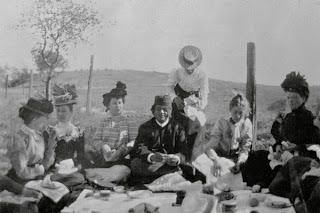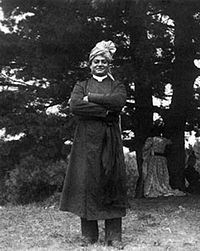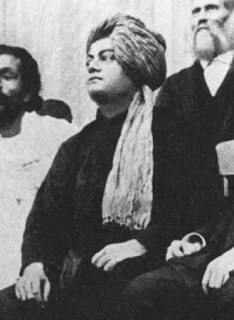Maslow's Hierarchy of Needs and Gunas
Maslow’s hierarchy of need can be represented in the form of a pyramid. At the bottom of the pyramid is the physiological needs, above this is the need for safety and security, still higher and progressively up are Need for belonging, Need for Self esteem and culminating in Need for Self Actualization. These needs are evolving from a pure biological or physical level to the mental and intellectual level. But there is a gap and we’ll come back to that. If one is conversant with our spiritual heritage one is bound to notice something. The needs can be mapped to the three Gunas . One who is conversant with Sankhya philosophy or Gita, knows that the three gunas are – Tamas or the quality of darkness, characterized by ignorance, sleep, laziness, errors in judgement and all baser instincts, Rajas or the quality of passion, characterized by action driven by desire, lust, greed etc. and Sattvam, characterized by tranquility, peace, love of wisdom and knowledge etc. If we look into the hi...







-1891-2.jpg)

